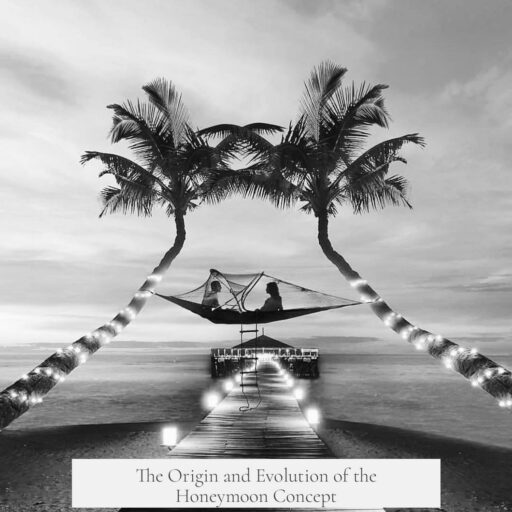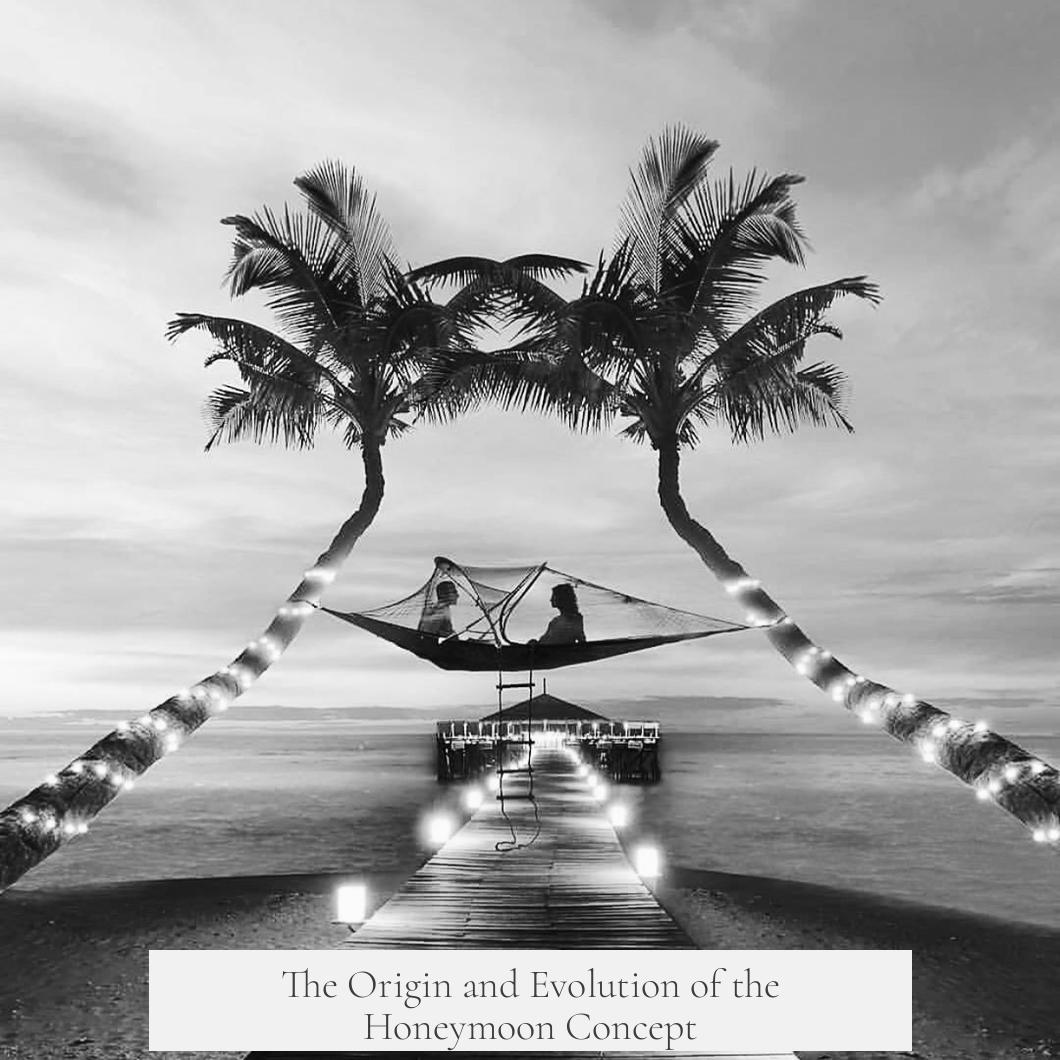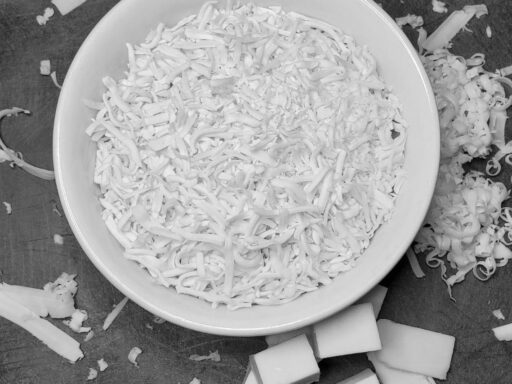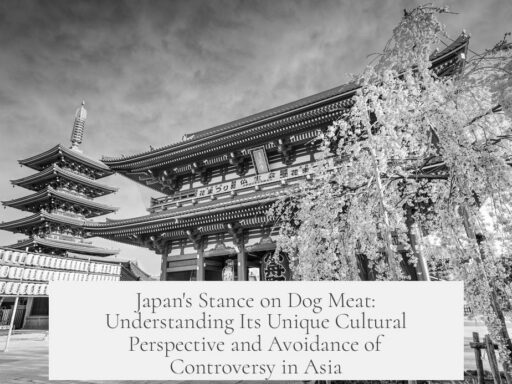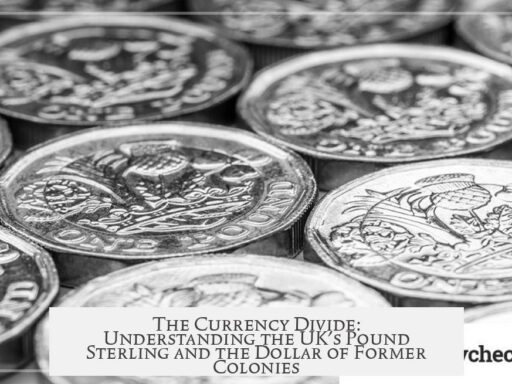The concept of a ‘honeymoon’ originates from a 16th-century term describing the initial intense affection and sweetness surrounding newlyweds. It was initially a figurative expression reflecting the fleeting phase of romantic infatuation that typically declines as marriage progresses.
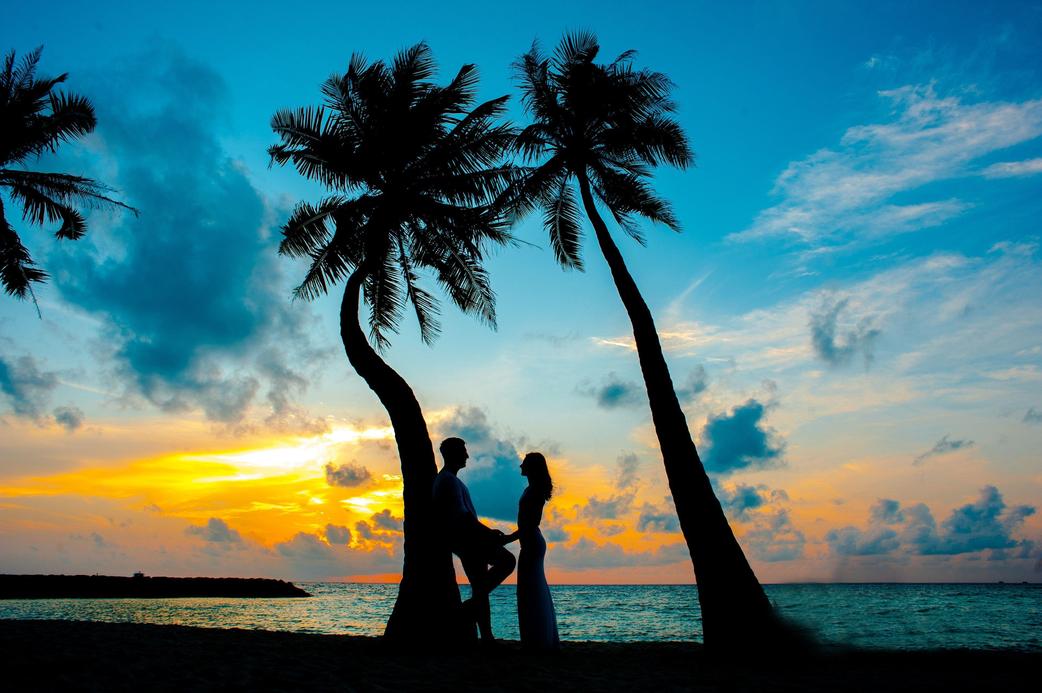
The practice of a honeymoon holiday emerges much later, around the 1800s, and is first documented among the upper social classes. Early honeymoon trips resemble the upper-class tradition of the Grand Tour. The Grand Tour was a journey young British aristocrats took across Europe to visit cultural landmarks, mainly after finishing their formal education in the late 17th century. By the 19th century, wealthy young women also undertook similar tours before marriage.
Honeymoons started as a downsized, joint version of the Grand Tour, where couples took a limited holiday together before their married life began, including practical responsibilities like child-rearing and social duties. This trip was primarily a prestigious custom among the elite.
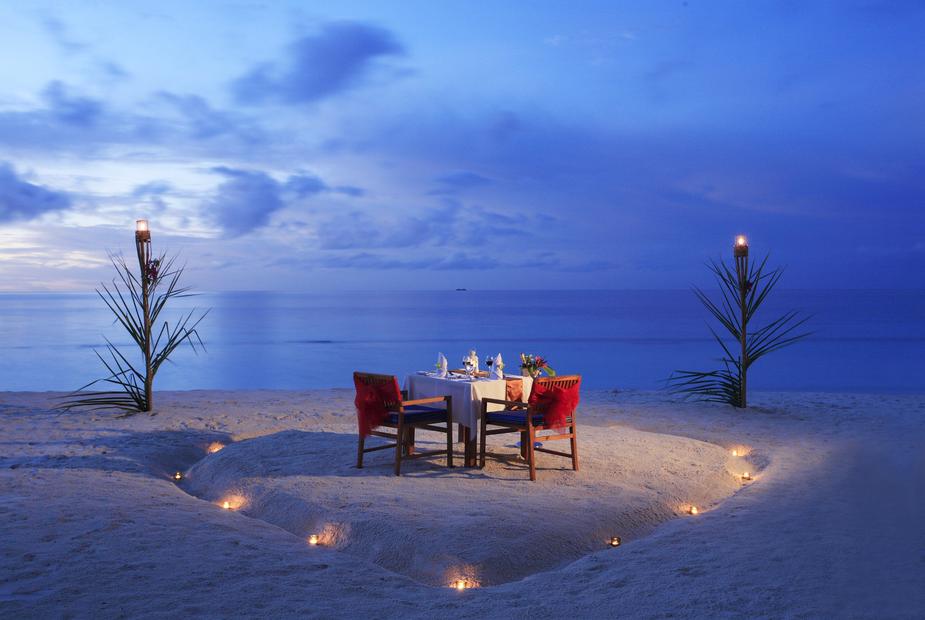
As the 19th century progressed, the original Grand Tour faded with the rise of modern tourism. However, the honeymoon persisted. Unlike ordinary travel, the honeymoon maintained a ‘once-in-a-lifetime’ importance. It remains a distinctive, meaningful journey marking the transition into married life.
| Period | Concept | Social Context |
|---|---|---|
| 16th century | ‘Honeymoon’ as figurative term for early marital affection | General usage to describe fleeting romantic phase |
| Late 17th century | Grand Tour tradition starts | Upper-class young men travel Europe post-education |
| 19th century | Emergence of honeymoon holidays for couples | Upper-class men and women mimic Grand Tour, limited joint travel pre-marriage |
| Late 19th century onward | Honeymoon evolves into modern ritual | Once-in-a-lifetime trip marking start of marriage, beyond elite circles |
This layered origin illustrates that the honeymoon is more than just a trip after a wedding. It is a social custom evolving from figurative origins and aristocratic educational journeys into a widespread practice signifying intimacy and new beginnings.
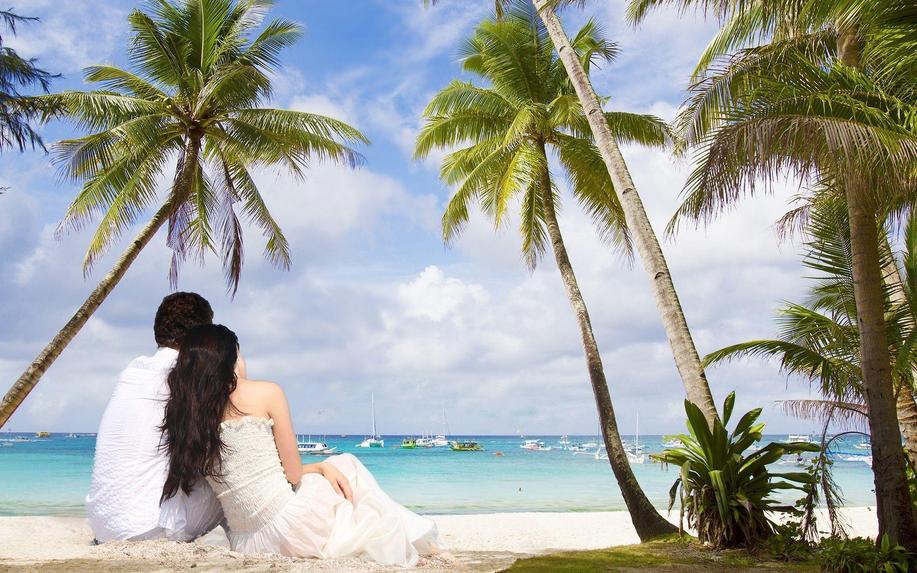
- The term ‘honeymoon’ first meant the initial sweet affection in marriage.
- Holiday honeymoons began as elite variations of the Grand Tour in the 1800s.
- They served as a final leisure phase before starting practical married life.
- Honeymoons retain a symbolic ‘once-in-a-lifetime’ value linked to tradition.
Where Does the Concept of a ‘Honeymoon’ Come From?
The idea of a “honeymoon” is much older than most imagine—and it didn’t start with fancy beach resorts or tropical getaways. Instead, it sprouted as a poetic expression describing the sweet but fleeting rush of new love after marriage. Yes, that’s right: the honeymoon concept began its life in the 1500s as a metaphor, not a trip.
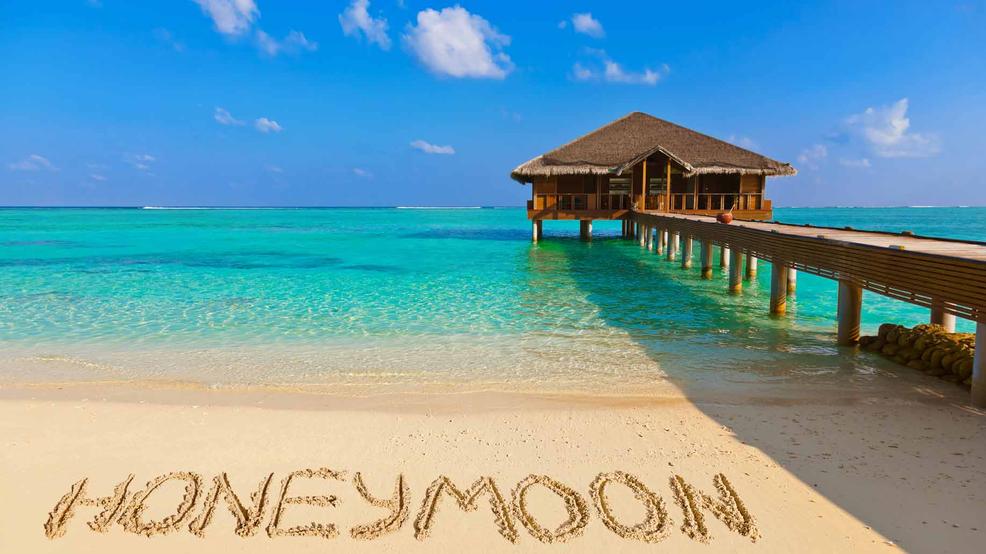
Back in the early 16th century, the word “honeymoon” referred to the early phase of marriage when couples were swept up in their intense affection. The phrase captured the idea that this sweetness, like honey, would gradually fade away—much like the moon that wanes over time.
This meaning stuck around for centuries as just a figure of speech. Couples didn’t rush off anywhere. The term described emotions, not excursions. Curious to realize that the physical getaway we associate with honeymoons today was born centuries later?

From Poetic Phrase to Prestigious Journey
The leap from metaphor to vacation didn’t kick off until the 1800s—and it started as quite a posh affair. Early honeymoon holidays were a luxury reserved almost exclusively for the upper class.
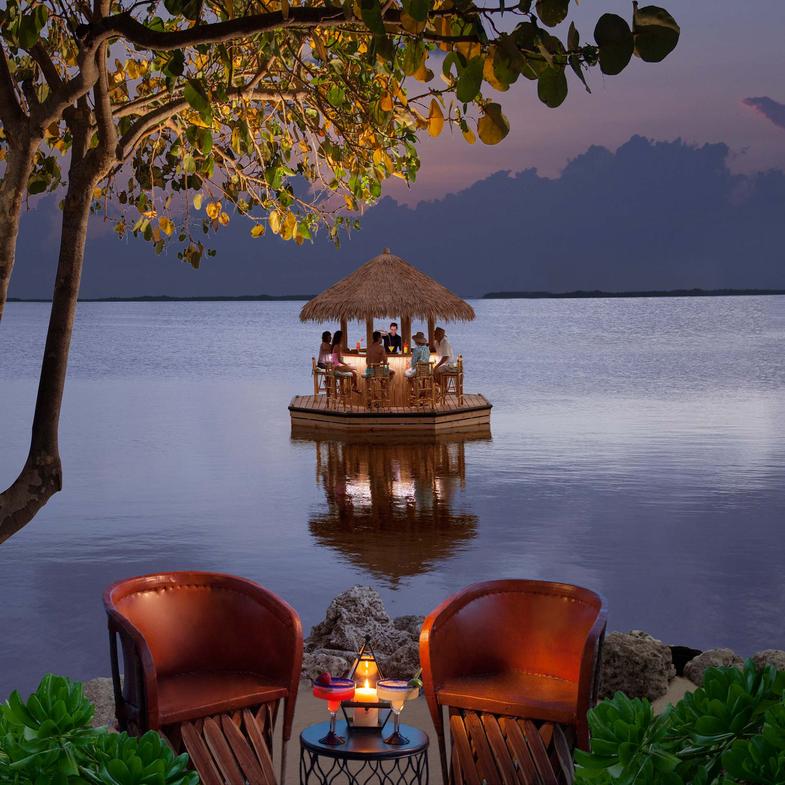
Before honeymoons became a familiar practice for everyone, there was the famous “Grand Tour.”
The Grand Tour was a period when wealthy young British gentlemen toured Europe’s cultural landmarks after finishing their formal education.
This tradition took root during the late 1600s and evolved. By the 19th century, well-to-do young women were joining the trend, often traveling on their own extended cultural trips before marriage.

Now here’s where the honeymoon comes in. In essence, the honeymoon was an offshoot or variant of the Grand Tour. Instead of just one gender traveling alone after education, a newlywed couple would embark on a travel adventure before settling into the practical responsibilities of married life — like child-rearing and societal obligations.
Imagine it as one last grand adventure, a luxury shared by elite couples to savor connectedness before donning the mantle of adulthood fully.
Why the Honeymoon is Different from Modern Travel
As the 19th century waned, the Grand Tour faded as a common practice. Modern tourism options became more accessible, more casual, and less exclusive. But the honeymoon held on.
This sticking power has a lot to do with the “once-in-a-lifetime” nature it retained. Unlike hopping around the world like it’s no big deal, honeymoons maintained an aura of uniqueness, marking a pivotal transition in a couple’s life.
Think of it as a modern nod to old traditions—part quality time, part cultural journey, part celebratory ritual. It’s not just another vacation. It’s a symbolic rite of passage.
What’s in a Name? The Literal Roots
It’s interesting to see how the name “honeymoon” ties back literally to the sweetness of honey and the cyclical nature of the moon.
- Honey: Symbolized the sweetness and the initial burst of affection after marriage.
- Moon: Represented time passing, as the moon waxes and wanes, intimating that this sweetness does not last forever.
Neither the sweetness nor the passing of time has changed. But now we often celebrate that fleeting sweetness with a shared trip, a pause before the practicalities begin.
How To Think About Your Honeymoon Today
Knowing the background of the honeymoon adds depth to planning one. This trip isn’t just a vacation; it’s a journey steeped in history and symbolism.
If you’re putting together a honeymoon plan, ask yourself:
- Will this trip have a ‘once-in-a-lifetime’ feel?
- Does it encourage bonding before the roles and routines of marriage set in?
- Is it about celebrating YOUR unique journey together?
Whether it’s a relaxed week on a beach or a cultural tour through Europe, you’re echoing a centuries-old tradition of celebrating love’s early sweetness in a meaningful way.
In Conclusion
The honeymoon concept started as a metaphor back in the 16th century about love’s fleeting sweetness. Later, it evolved into a luxurious, upper-class practice tied to the Grand Tour. Couples used honeymoons as a final adventure before embracing the demands of married life.
Today, though the social class connotations largely disappeared, the honeymoon remains a distinct, meaningful rite of passage. It’s a powerful way to honor the start of a shared life, echoing traditions nearly 500 years old.
So next time someone asks, “Where does the concept of a honeymoon come from?” you’ll have the perfect, rich story ready—complete with history, class, culture, and a dash of poetic sweetness.
